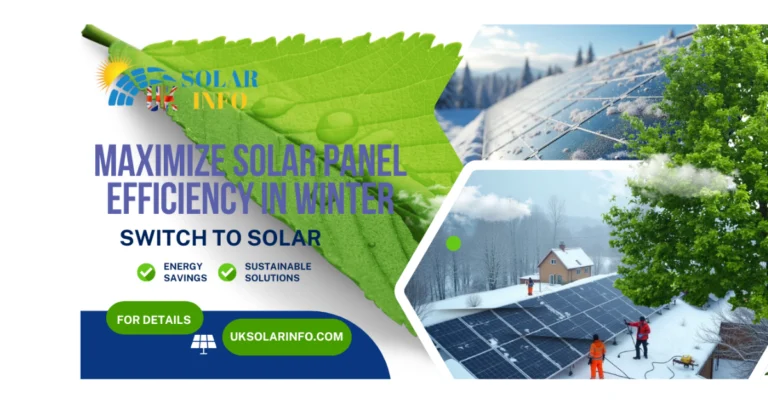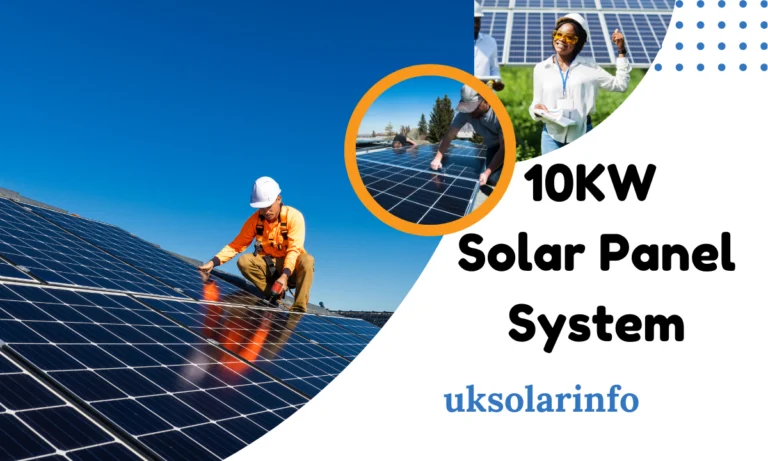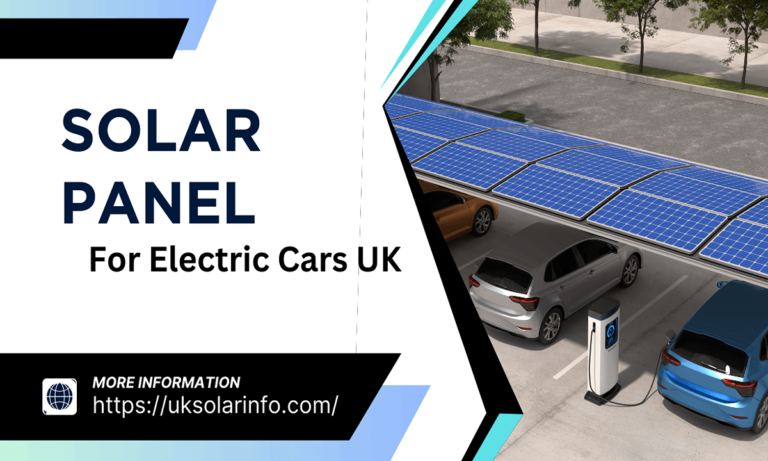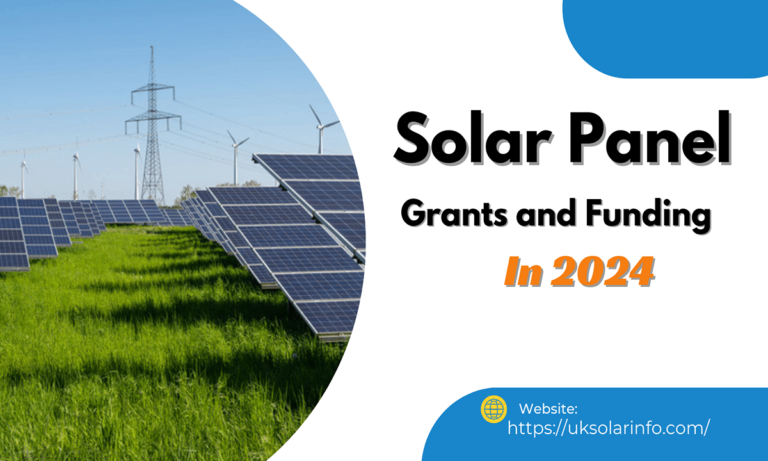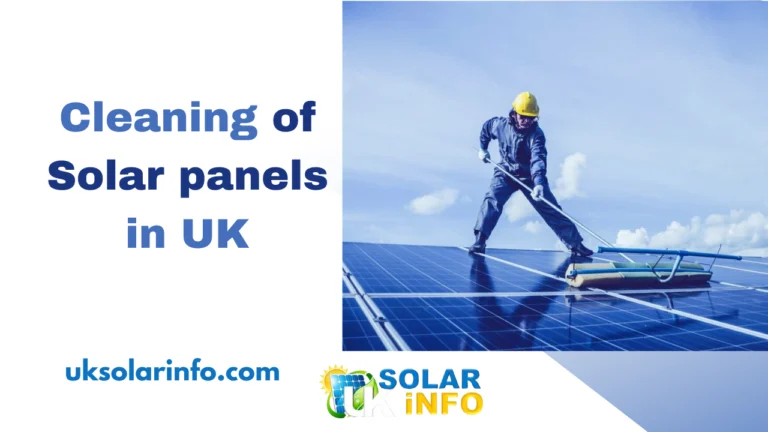Building-Integrated Photovoltaics (BIPV): A Detailed Guide to the Future of Sustainable Architecture!
The demand for greener sources of energy worldwide has led to new approaches in architecture and energy technologies. One such promising technology that has been discussed in the world is Building-Integrated Photovoltaics (BIPV). It does not only transform how structures capture solar power but also becomes integrated into the design and use of structures.
What is Building-Integrated Photovoltaics (BIPV)?
BIPV stands for Building Integrated Photovoltaics or Solar Integration in Building Envelope where the solar energy systems are integrated in the form of roofs, walls and façade. Different from conventional solar power technology designs, where solar panels are installed on structures, BIPV systems are used as structures or incorporated within structures for functionality and architectural beauty. These systems eliminate traditional construction material and at the same time cut the general construction cost while producing power from renewable energy sources.
Why Building-Integrated Photovoltaics (BIPV) is Different from Conventional Solar Panels
Mature PV solar panels are effective but recognized for their weight and the fact that they may not blend well with the architecture of a building. These types of BIPV systems are installed into structures in order to improve aesthetics, act as a barrier against insulation, and also as protection against weather conditions. Some of these aims are: No additional mounting structures required, meet modern builders and architects with sustainability and design.
Basic Modules of BIPV Systems
A typical BIPV system consists of several components designed to optimize energy production and integrate with the building structure:
Photovoltaic Modules: These are in the form of solar cells that you can actually integrate with building materials such as glass or shingles.
Inverters: Converts direct current (DC) and produces AC via utilization of solar cells.
Control Systems: Control and get the best from the power supply.
Storage Solutions: Optional batteries are used to store for energy in addition to that which is required for current use.
Applications of Building-Integrated Photovoltaics (BIPV) in Modern Construction
BIPV systems are versatile and used in many building areas:
- Solar shingles, tiles, and other surfaces on roofs are functional energy-producing roofs.
- Building Integrated Photovoltaic panels apply to facades and walls for insulation purpose and power.
- Windows and skylights use smart transparent solar film for lighting and partial power.
- The two structures, canopies and awnings can collect sunlight in addition to providing shade.

Advantages of Building-Integrated Photovoltaics (BIPV)
The adoption of BIPV systems offers a range of benefits:
- Aesthetic Integration: Sustain the architectural look without the need for large accoutrements which may take up lots of space.
- Cost Savings: Eliminate the prevalent conventional building materials with a view to lower the costs of constructions.
- Sustainability: Decrease the use of fossil fuel resources by producing renewable energy.
- Energy Efficiency: Enhance building performance insulation to reduce the loss of heat.
- Regulatory Compliance: Most governments have adopted policies that require or recommend the installation of renewable energy systems to new buildings.
Disadvantages Facing Building-Integrated Photovoltaics (BIPV) Adoption
Despite its numerous benefits, several challenges hinder the widespread adoption of BIPV technology:
- High Initial Costs: The business of incorporating sophisticated solar products within construction structures can sometimes get costly.
- Technical Complexity: Has to be installed professionally by a cultural specific installer.
- Efficiency Concerns: Lighting and orientation of a building can have a huge impact on performance.
- Durability Issues: BIPV materials are expected to endure weather conditions while at the same time remain effective.
Advancements in Building-Integrated Photovoltaics (BIPV) Technology
Innovation in the solar industry is driving BIPV advancements, including:
- Improved Efficiency: Today’s solar cell technologies are improving in their ability to capture light and convert it to electricity.
- Versatile Designs: Among them are flexibility and customizability that have become possible due to new materials.
- Durability Enhancements: Coatings also enhance the lifespan of BIPV materials and reduce their vulnerability to any harm in some way.
Building-Integrated Photovoltaics (BIPV) in Sustainable Architecture
BIPV technology can be considered as fully compliant with the fundamental notions of sustainable architecture which deal with such issues as preservation of natural resources and increase of energy efficiency. Instead of relying on utility grid electricity, more architects and engineers are now designing buildings which can generate electricity through renewable sources that will help implement net-zero energy buildings, curb greenhouse gas emissions and foster a more sustainable future.
Incentives for Building-Integrated Photovoltaics (BIPV) Adoption
Incentives by the Government for the Use of BIPV to encourage the adoption of renewable energy technologies, many governments offer:
- Tax Credits: Rebates on installation of BIPV systems.
- Subsidies: Subsidy for the financial risk that involves the cost of installing solar power in the initial instances.
- Green Building Certifications: Points towards attaining other certifications including LEED and BREEAM.
Future Trends in BIPV
As technology evolves, the future of BIPV looks promising:
• Integration with Smart Grids: Improved communication to further energy consumption.
• Wider Material Applications: One can expect the BIPV to become a part of other construction materials such as flexible fabrics.
• Lower Costs: Technological development and spreading of mass production will cause BIPV cost decrease.
• Hybrid Systems: An integration of BIPV with other forms of power producing equipment such as wind mills where they can be utilized more effectively.
Conclusion
Building-Integrated Photovoltaics (BIPV) are a breakthrough in architecture embracing renewable energy resources. They give material and aesthetic values and therefore contribute well to the long term growth of the city. However, there is considerable evidence that innovations as well as government support are improving their accessibility. BIPV in particular is crucial for environmentally conscious builders and developers.


